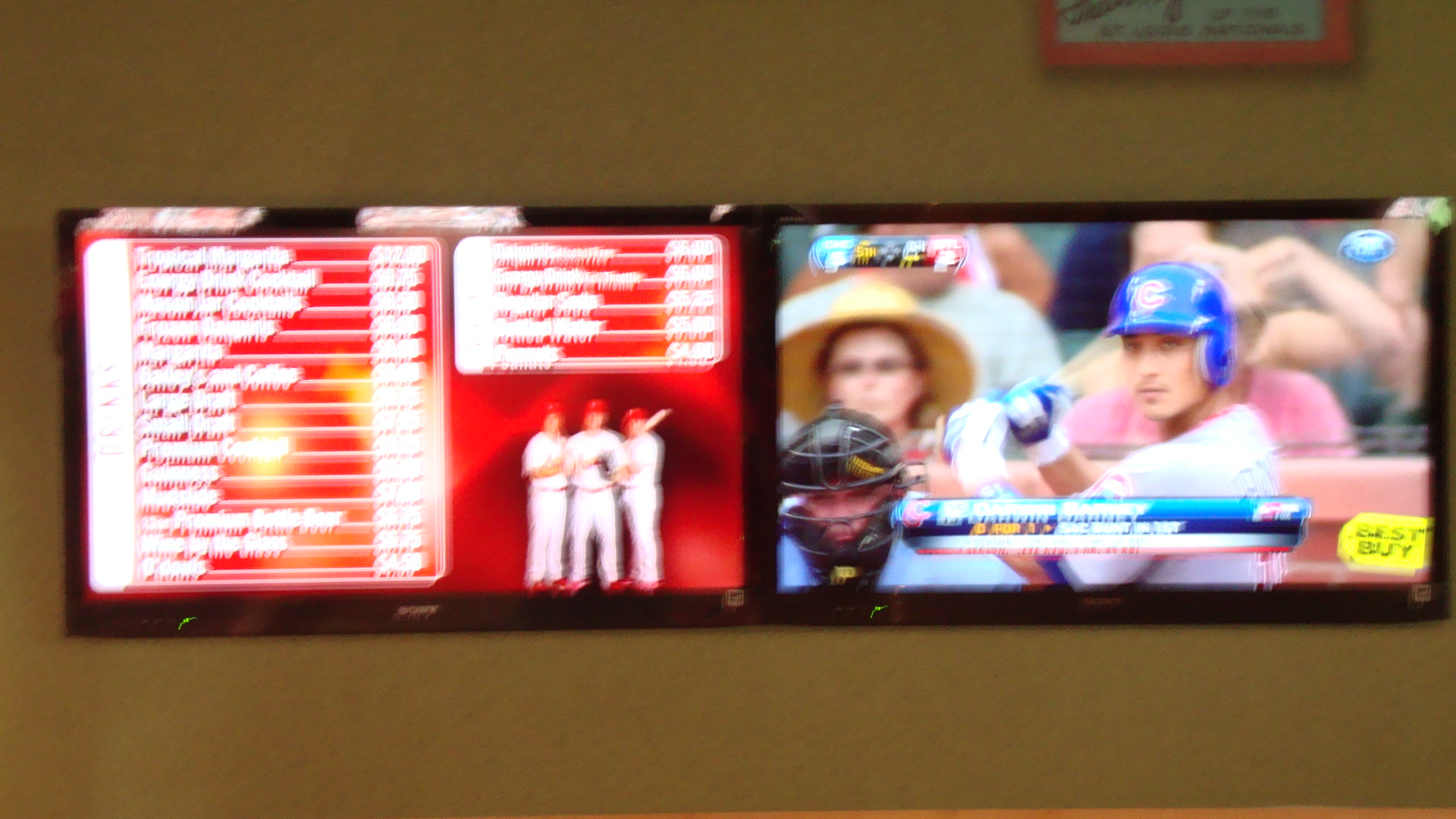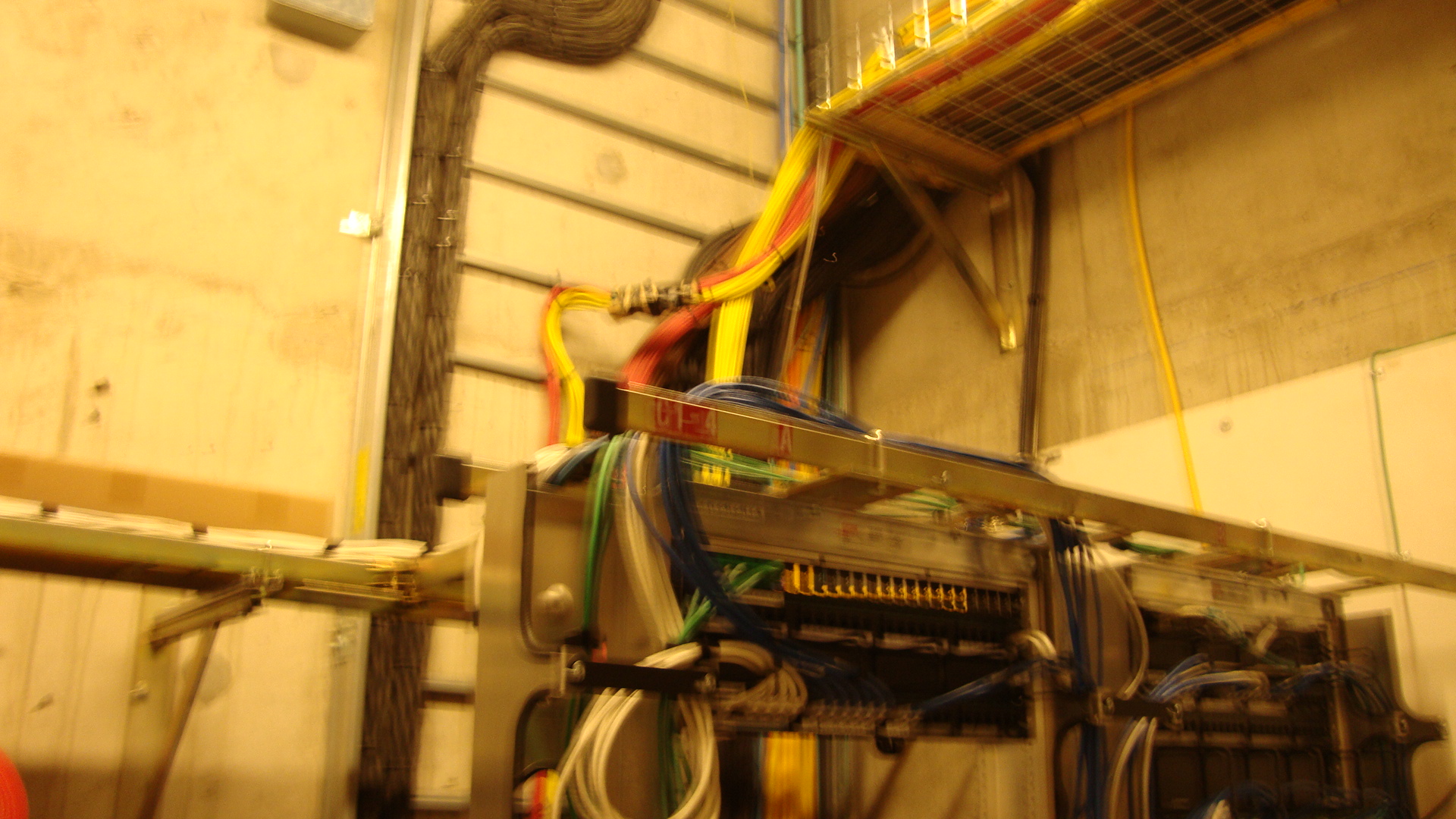Communication Systems
Copper
Copper®The performance tests and their procedures have been defined in the ANSI/TIA/EIA-568-B.1 standard and the ISO/IEC 11801 standard. The TIA standard defines performance in categories (Cat 3, Cat 5e, Cat 6, Cat 6A) and the ISO defines classes (Class C, D, E, EA, F and FA). These standards define the procedure to certify that an installation meets performance criteria in a given category or class.is.
Performance criteria categories (Cat 5,Cat 5e)
Performance criteria categories (Cat 6,Cat 6A)
Fiber®Optical fiber consists of a core and a cladding layer, selected for total internal reflection due to the difference in the refractive index between the two.
In practical fibers, the cladding is usually coated with a layer of acrylate polymer or polyimide. This coating protects the fiber from damage but does not contribute to its optical waveguide properties.
Individual coated fibers (or fibers formed into ribbons or bundles) then have a tough resin buffer layer and/or core tube(s) extruded around them to form the cable core. Several layers of protective sheathing, depending on the application, are added to form the cable.
Rigid fiber assemblies sometimes put light-absorbing ("dark") glass between the fibers, to prevent light that leaks out of one fiber from entering another. This reduces cross-talk between the fibers, or reduces flare in fiber bundle imaging applications
WireLess®Personal Area Network (PAN)
Personal Area Network (PAN)
is a computer network used for communication among computer devices (including telephones and personal digital assistants) close to one person. The reach of a PAN is typically a few meters. PANís can be used for communication among the personal devices themselves (intrapersonal communication), or for connecting to a higher level network and the Internet. Personal area networks may be wired with computer buses such as USB and FireWire. However, a Wireless Personal Area Network (WPAN) is made possible with network technologies such as Infrared (IrDA) and Bluetooth.Bluetooth
Bluetooth is an industrial specification for wireless personal area networks (PANs), also known as IEEE 802.15.1. Bluetooth provides a way to connect and exchange information between devices such as personal digital assistants (PDAs), mobile phones, laptops, PCs, printers, digital cameras and video game consoles via a secure, globally unlicensed short-range radio frequency. Bluetooth is a radio standard and communications protocol primarily designed for low power consumption, with a short range (power class dependent: 1 metre, 10 metres, 100 metres) based around low-cost transceiver microchips in each device. Infrared (IrDA): The Infrared Data Association (IrDA) defines physical specifications communications protocol standards for the short range exchange of data over infrared light, for typical use in Personal Area Networks.
Local Area Network (LAN) A wireless LAN or WLAN is a wireless Local Area Network, which is the linking of two or more computers without using wires. It uses radio communication to accomplish the same functionality that a wired LAN has. WLAN utilizes spread-spectrum technology based on radio waves to enable communication between devices in a limited area, also known as the basic service set. This gives users the mobility to move around within a broad coverage area and still be connected to the network.
Metropolitan Area Network (MAN
Wireless Metropolitan Area Network (MAN) is the name trademarked by the IEEE 802.16 Working Group on Broadband Wireless Access Standards for its wireless metropolitan area network standard (commercially known as WiMAX), which defines broadband Internet access from fixed or mobile devices via antennas. Subscriber stations communicate with base-stations that are connected to a core network. This is a good alternative to fixed line networks and it is simple to build and relatively inexpensive.




